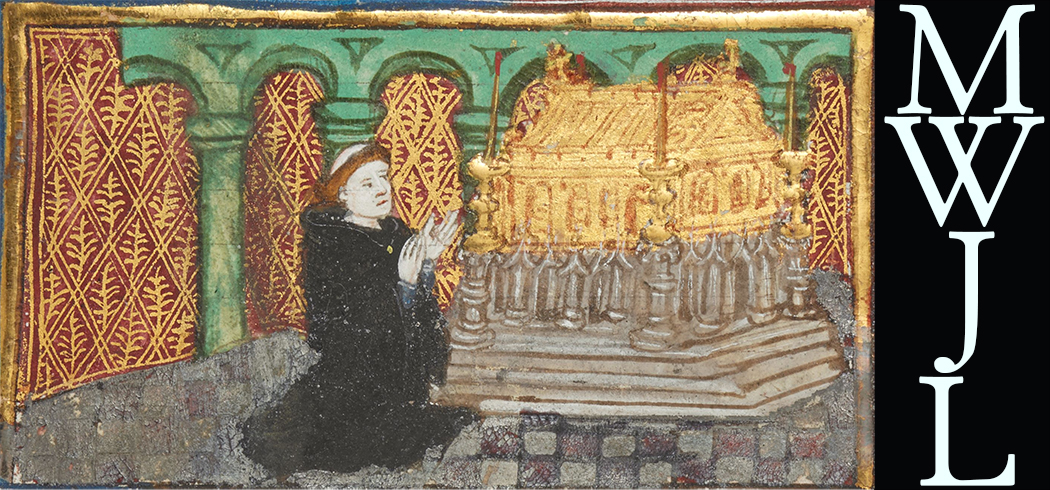 The Testament of John Lydgate:
Long Melford Verses
The Testament of John Lydgate:
Long Melford Verses
HomeAbout the ArchiveAbout John LydgateWorksManuscriptsAbout this ManuscriptEditorial ApparatusContactVisualization
Notes
-
In Bodleian Laud 683, BL Harley 218, and BL Harley 2255, where this is verse 68, the is prefaced with the Latin "dic anime mee salus tua ego sum" [“Say to my soul, you are my salvation”], from Psalm 34:3. It is part of a five-stanza sequence treated in this manner in those texts, but only three of the verses appear at Long Melford. ↩
-
The “re” in “scoure” is visible, as are the remnants of the initial “s.” Remnants of the second glyph indicate “c” rather than “k,” making “scoure” the reading. Remnants of the top stroke of he long “s” can be seen in the third glyph of the word “gostly,” making that the intended spelling. Likewise, the second glyph in the final word is an “e,” making the spelling “felthe.” ↩
-
While the manuscript witnesses place a space between “do” and “remewe,” the version of “r” following the “o” at Long Melford indicates that the scribe rendered this as a single word. ↩
-
While the manuscript witnesses place a space between “do” and “remewe,” the version of “r” following the “o” at Long Melford indicates that the scribe rendered this as a single word. The final glyph and the top portion of the second to last word are missing, but the rhyme scheme and bottom portion of the minims indicate this is “little mewe.” ↩
-
The remnants of the text indicate an initial “v” followed by a “t.” The “er” is indicated via the abbreviation mark above the initial glyph. ↩






